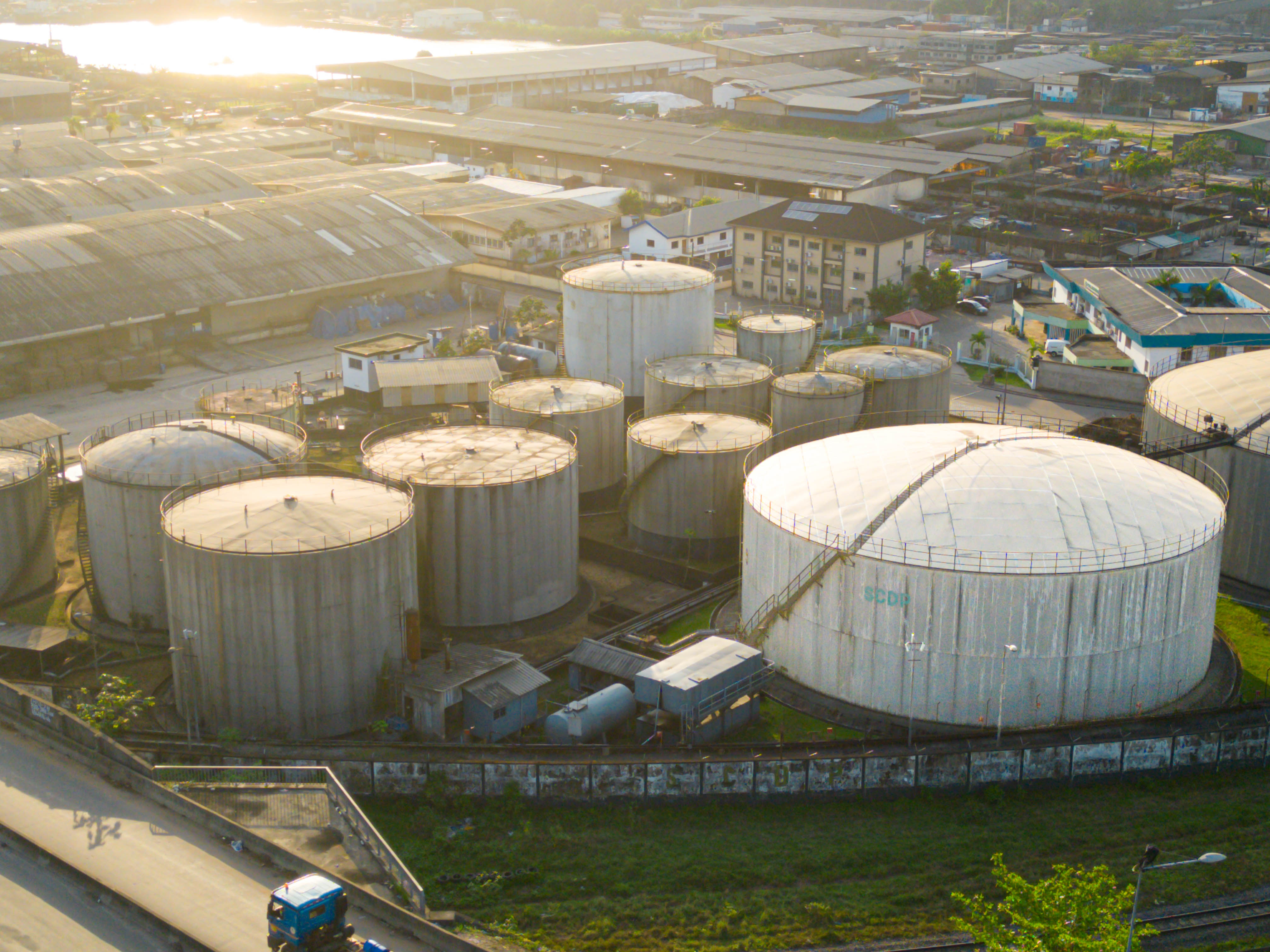
Energy
Electricity: Hydroelectricity is the country’s main source of energy (70% of the energy mix), with Cameroon having the 3rd largest hydraulic potential in Africa (23,000 MW). Cameroon also has an immense hydropower potential of about 115,000 GWh/year, of which only about 4% has been developed. A lot of planning and feasibility study activities are ongoing throughout the country. More than 6,000 MW have been identified on rivers and waterfalls, mostly focused on the big rivers in the South. There are plans to further develop the potential of the Sanaga River to increase the capacity of the two big plants already existing, another two-plant cascade with more than 400MW on the Nyong River, and almost 300MW on the Ntem River. The Northeast of the country also offers opportunities for hydropower development. Were thus identified: more than 250 potential sites for developing mini hydroelectric power stations around 400 localities for the addition of solar power plants to existing minigrids - around thirty potential sites for the development of projects linked to biomass, for an estimated capacity of 30 MW. Despite its richness in natural resources, Cameroon faces frequent electricity outages due to aging infrastructure. Fastpower solutions could be a significant opportunity for UK firms. Transforming natural gas into electricity is appealing to the government. Solutions to increase Cameroon’s low rural and urban electrification rate also presents opportunities for UK companies
Hydrocarbons
The hydrocarbon sector remains an important source of wealth for the Cameroonian state, with a contribution of almost 5% to the country’s GDP (2019).
| Commodity | Target resources |
|---|---|
| Gold | About 140 targets discovered |
| Aluminum | • 6 bauxiste occurrences and deposits discovered • Mini-Martap deposit with capacity of 1.116 billion tons with 43.7 percent of alumina and 1.8 percent of silica |
| Iron | • 25 targets deposits dicovered • Mbalam deposits contains reserves of 807 million tons of which 220 million tons are grade 60 percent iron ore and 587 million tons are grade 22 percent - 38 percent iron ore |
| Titanium | • 3 million tons of alluvial titanium reserves found in the Akno Henji area • Superior concentration found along the sea coast estimadted at about 0.5 million tons of taniferous iron ore |
| Cobalt | • Occurrences and deposits found in the eastern provinces • deposits cover 240km and evaluated at close to 0.2 million tons of cobalt metal accompanied by an appreciable tonnage of nickel and man- ganese |

